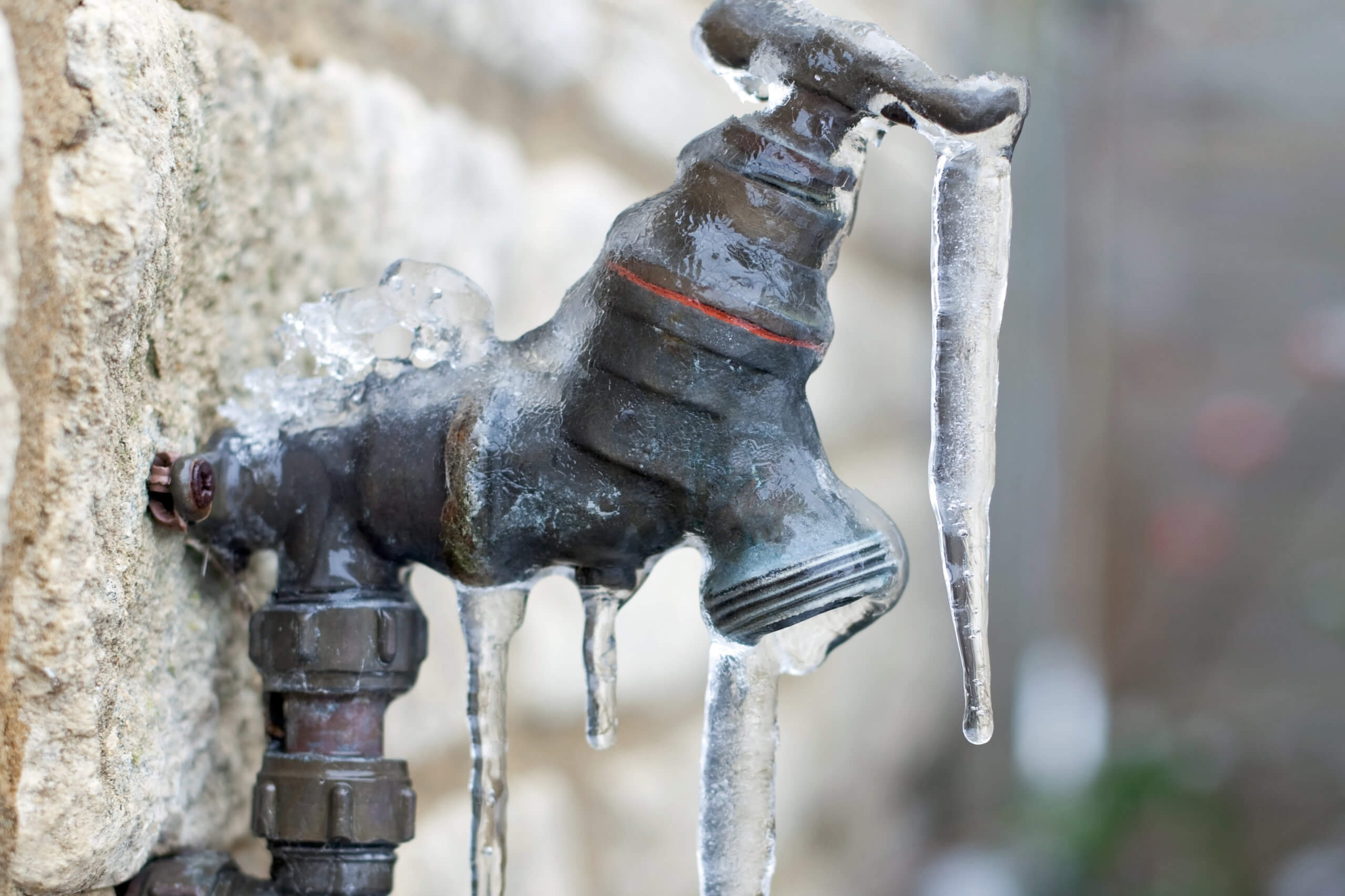Crucial Tips for Avoiding Frozen Plumbing in Cold Weather Conditions
ScheduleAny individual may have their private theory on the subject of 6 Ways to Prevent Frozen Pipes.

Winter can wreak havoc on your plumbing, particularly by freezing pipes. Right here's how to avoid it from happening and what to do if it does.
Introduction
As temperature levels decrease, the threat of frozen pipelines boosts, potentially causing expensive fixings and water damage. Recognizing how to avoid icy pipelines is important for house owners in cool climates.
Comprehending Icy Pipes
What triggers pipelines to ice up?
Pipelines ice up when exposed to temperatures listed below 32 ° F (0 ° C) for expanded durations. As water inside the pipelines freezes, it expands, taxing the pipeline wall surfaces and possibly creating them to rupture.
Dangers and damages
Frozen pipes can result in supply of water disturbances, residential or commercial property damage, and pricey repair services. Burst pipelines can flooding homes and create substantial structural damages.
Indications of Frozen Pipes
Identifying frozen pipelines early can stop them from bursting.
Exactly how to determine frozen pipes
Search for reduced water flow from taps, uncommon smells or sounds from pipelines, and noticeable frost on exposed pipes.
Avoidance Tips
Shielding prone pipelines
Cover pipes in insulation sleeves or make use of warmth tape to safeguard them from freezing temperature levels. Focus on pipes in unheated or exterior locations of the home.
Home heating techniques
Maintain indoor areas properly heated, particularly areas with plumbing. Open closet doors to permit cozy air to distribute around pipelines under sinks.
Securing Outdoor Pipes
Yard hoses and outdoor faucets
Separate and drain yard hose pipes before winter months. Install frost-proof spigots or cover exterior taps with shielded caps.
What to Do If Your Pipes Freeze
Immediate actions to take
If you believe icy pipelines, keep taps available to relieve pressure as the ice thaws. Use a hairdryer or towels taken in warm water to thaw pipes gradually.
Long-Term Solutions
Structural changes
Consider rerouting pipes away from exterior walls or unheated areas. Add extra insulation to attics, basements, and crawl spaces.
Upgrading insulation
Purchase high-grade insulation for pipes, attics, and wall surfaces. Appropriate insulation aids maintain regular temperatures and reduces the threat of frozen pipes.
Verdict
Avoiding icy pipes calls for proactive actions and quick responses. By comprehending the causes, indications, and safety nets, property owners can shield their plumbing throughout cold weather.
5 Ways to Prevent Frozen Pipes
Drain Outdoor Faucets and Disconnect Hoses
First, close the shut-off valve that controls the flow of water in the pipe to your outdoor faucet. Then, head outside to disconnect and drain your hose and open the outdoor faucet to allow the water to completely drain out of the line. Turn off the faucet when done. Finally, head back to the shut-off valve and drain the remaining water inside the pipe into a bucket or container. Additionally, if you have a home irrigation system, you should consider hiring an expert to clear the system of water each year.
Insulate Pipes
One of the best and most cost-effective methods for preventing frozen water pipes is to wrap your pipes with insulation. This is especially important for areas in your home that aren’t exposed to heat, such as an attic. We suggest using foam sleeves, which can typically be found at your local hardware store.
Keep Heat Running at 65
Your pipes are located inside your walls, and the temperature there is much colder than the rest of the house. To prevent your pipes from freezing, The Insurance Information Institute suggests that you keep your home heated to at least 65 degrees, even when traveling. You may want to invest in smart devices that can keep an eye on the temperature in your home while you’re away.
Leave Water Dripping
Moving water — even a small trickle — can prevent ice from forming inside your pipes. When freezing temps are imminent, start a drip of water from all faucets that serve exposed pipes. Leaving a few faucets running will also help relieve pressure inside the pipes and help prevent a rupture if the water inside freezes.
Open Cupboard Doors
Warm your kitchen and bathroom pipes by opening cupboards and vanities. You should also leave your interior doors ajar to help warm air circulate evenly throughout your home.

I was shown that editorial on Prevent Frozen Pipes from a buddy on another website. Enjoyed our write up? Please share it. Help other people find it. Thanks a lot for going through it.
Contact Us Today